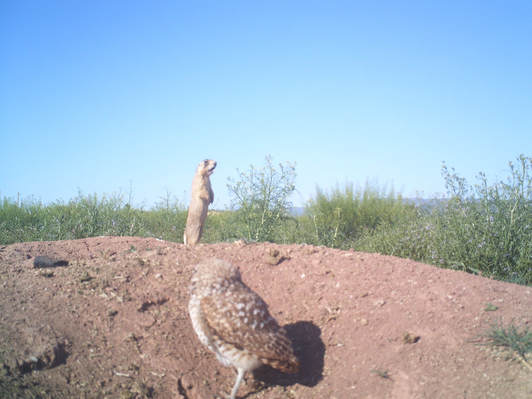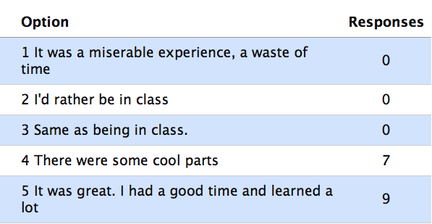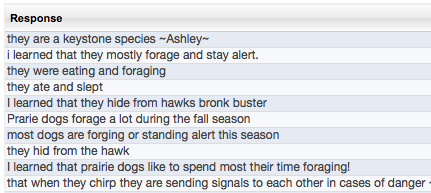UTAH PRAIRIE DOG OBSERVATIONS
FALL 2014 - SPRING 2015
|
Biology students at Canyon View High School in Cedar City participated in a study to understand Utah Prairie Dog behavior. Utah Prairie Dogs are a sensitive species in Utah, and federally threatened species. Unfortunately, Utah Prairie Dogs are often in conflict with people in southern Utah because of their reputation for carrying diseases, ability to dig many holes on the landscape, and potential to compete with livestock for food.
This exercise was designed to educate the students about Utah Prairie Dog ecology and wildlife conflicts and provide an opportunity for students to observe the animals in their own environment. First students participated in a class exercise to study and learn Utah Prairie Dog ecology. Next, biologists with Utah Division of Wildlife Resources met with them near a Utah Prairie Dog colony and explained how they managed prairie dogs and the legal policies of management. Finally, students began a behavioral study to record prairie dog behavior. Looking through a spotting scope they followed traditional observational protocol to record and analyze prairie dog activity. |
DR. FREY'S PRESENTATION ON UTAH PRAIRIE DOGS
Student Survey Results
Question 1: One a scale of 1-5, 5 being the best, how much did you enjoy this field trip?
Question 2: Tell me one thing you learned about Utah prairie dogs, in 10 words or less



